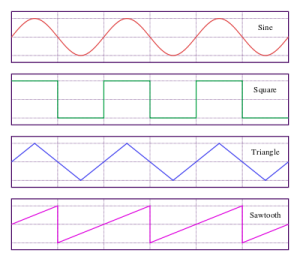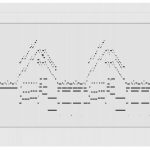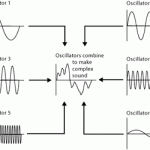The different kinds of synthesis: Subtractive
Subtractive synthesis as its name suggests is a process of reaching our desired sonic result by the means of a subtractive process. All subtractive synthesizers constitute most of the same elements.
An oscillator section, which is responsible for the waveforms or rather the different wave shapes like sine waves, sawtooth, square, triangle, noise and everything else possible in between these shapes if the synthesizer offers wave shaping capabilities (Serum by Xfer Records offers is a primary example)

Most synths also constitute some variation of a filter, an amplification envelope, a filter envelope, an envelope amount knob which determines how much the envelope reacts to the signal, and an LFO(Low frequency oscillator) section.
Subtractive synthesis starts with a full bright signal and then uses various parameters to sculpt the signal to achieve the result. A filter is a good example of the same; we use a filter to shape the sounds brightness to start with.
Turning the filter knob counter clockwise reduces the overall brightness of the signal. Envelopes are then used to shape the signal further. A filter envelope is used to dictate the onset and how long it would take for the filter to fade in and fade out.
A longer attack would mean that the filter takes that much longer to act on the raw signal. The amplification envelope shapes the onset and the fade out of the volume of the signal through the common ADSR envelopes, which we discussed in our previous properties of sound articles. The LFO section can be used as a modulator to affect any other section of the synthesizer for example it could be used to modulate the pitch, filter, resonance and literally any other parameter. The LFO section works by applying a wave shape at a particular tempo synced or free rate to the desired signal.
Next week, we’ll look at the process of achieving a sound through additive synthesis.





